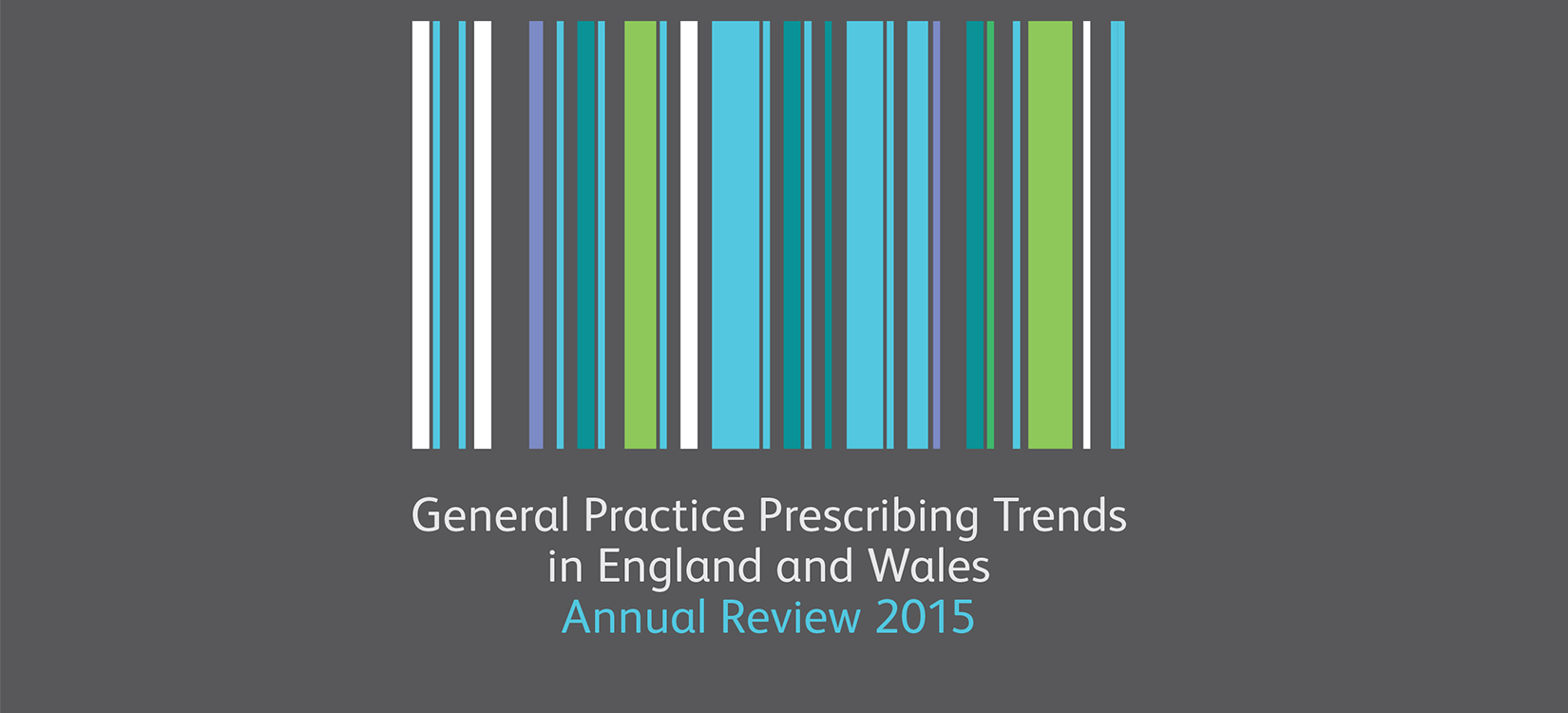Prescribing review: What were the main trends in 2015?
Primary care is responsible for approximately 90% of all patient interaction with the NHS and, as such, general practice prescribing data provide valuable insight into NHS spending.

We therefore analysed general practice prescribing data from England and Wales and identified the key prescribing trends of 2015.
Click here to access the full report
Overall trends
We found that the total net ingredient cost (NIC) associated with primary care prescriptions had increased from £9.16 billion in 2014 to £9.58 billion in 2015. Similar to what we found in our 2014 prescribing review, the drug types associated with the highest total NIC spend were diabetes drugs, respiratory corticosteroids, analgesics, antiepileptics and oral nutrition products, in descending order.
Opioids
Opioids are effective and common forms of pain relief. However, they are associated with a known risk of dependence and addiction. It is therefore interesting that, for the second year in a row, there was an increase in the prescription of strong opioids. Specifically, the quantity of strong opioids tablets and capsules prescribed in English and Welsh general practices had increased by a staggering 10% relative to 2014.
Diabetes drugs
Ohe total NIC spend on diabetes drugs in 2015 was £992 million. Interestingly, the highest spend was seen in CCGs that were described as deprived urban areas with younger people and ethnic diversity, particularly with Asian and Black minorities. The finding that demand for diabetes drugs is much higher in certain sociodemographic and ethnic groups implies that cost-savings could be achieved if targeted campaigns were conducted in these groups. This was also noted by Dr Ahmad, Clinical Director of Dementia and Diabetes in Merton CCG and Diabetes UK Clinical Champion, who commented that the data beg the question why more is not done to address the problem of diabetes in ethnic minorities.
Antiepileptics
Analysis of antiepileptic prescribing data also revealed interesting findings. It has previously been argued that demonstrating bioequivalence to an originator antiepileptic drug is not sufficient to guarantee clinical equivalence because of the narrow therapeutic window of some antiepileptics and that, as a result of this, switching patients to different manufacturer’s drug could result in therapeutic failure. Against this background, the MHRA has previously recommended that patients on certain antiepileptics (Category 1 antiepileptics) are maintained on the same version of the drug that they began treatment with. However, in spite of this, our analysis of prescribing data showed that approximately half of all category 1 antiepileptics were still prescribed generically in 2015.
Top-performing brands
We also identified the branded pharmaceuticals with the highest performance in 2015. For the second year in a row, the respiratory corticosteroid Seretide® was the branded pharmaceutical with the highest total NIC spend (£164 million). However, both the total number of Seretide® units prescribed, and the associated total NIC, had decreased between 2013 and 2015. Considering the recent introduction of cheaper generic versions of the drug in the UK it seems likely that Seretide®’s market share will continue decreasing over the coming year.
Other branded pharmaceuticals to note are Lyrica® and Incruse® Ellipta®, identified as the branded pharmaceuticals with the greatest numerical increase in total NIC and the greatest percentage increase in total NIC, respectively, relative to 2014.